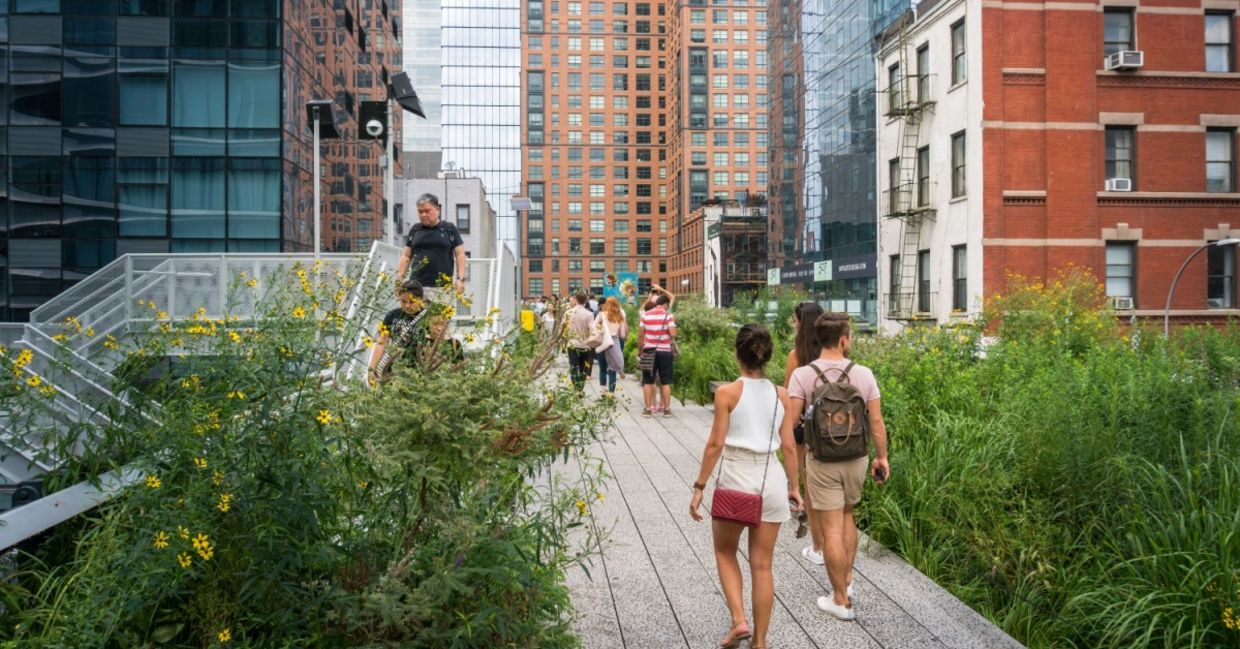
(starmaro / Shutterstock.com)
Car-free streets have been reshaping urban landscapes for a decade but have been recently growing in popularity. These pedestrian-friendly streets have become public spaces for festivals, public art, and are improving the quality of life for city residents and visitors.
But there are other tangible benefits, according to the Women in Urbanism organization. Car-free streets are safer for walkers and cyclists, especially for the young and the elderly. Promoting physical activity is also healthy and the addition of planter boxes and urban agriculture helps to clean the air.
The big push for street closings was the pandemic, reported Bloomberg, as indoor restrictions on gatherings made the need for outdoor spaces necessary. Some of these were only intended to be temporary but many are still there and more cities around the world from New York to France have taken back streets from cars. Here are five cities where car-free streets have made a big difference in urban living.
Vilnius, Lithuania
Vilnius was recently named the European Green Capital for 2025 due to its eco-friendly transportation system of electric buses and trollies, as well as new bike lanes to make it easier to add car-free streets and pedestrian paths, according to National Geographic. Since 2016, 62 miles of bike paths have been added to the city. There are kilometers of pedestrian routes that lead to monuments, museums, and gardens.
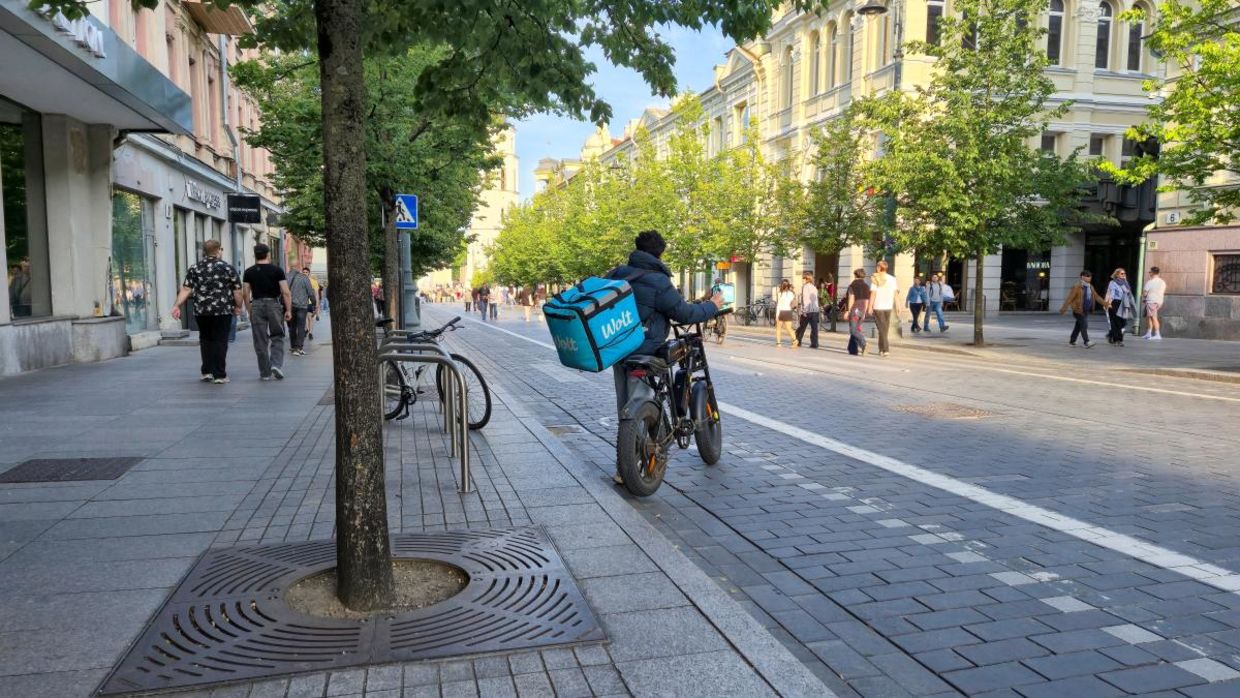
(Ina725 / Shutterstock.com)
Dubai, UAE
Dubai has become a popular tourist destination and there is a master plan called Dubai Walk to build a network of 4,000 miles of walkways featuring air conditioning, shaded spaces for pedestrians. One of the first of these loops that is being created is the 9.3-mile Al Ras Historical Route in Ras Al Khaimah and Al Souk Al Kabeer. Other pedestrian paths will include key landmarks including the Dubai World Trade Centre and the Jumeirah Emirates Towers.
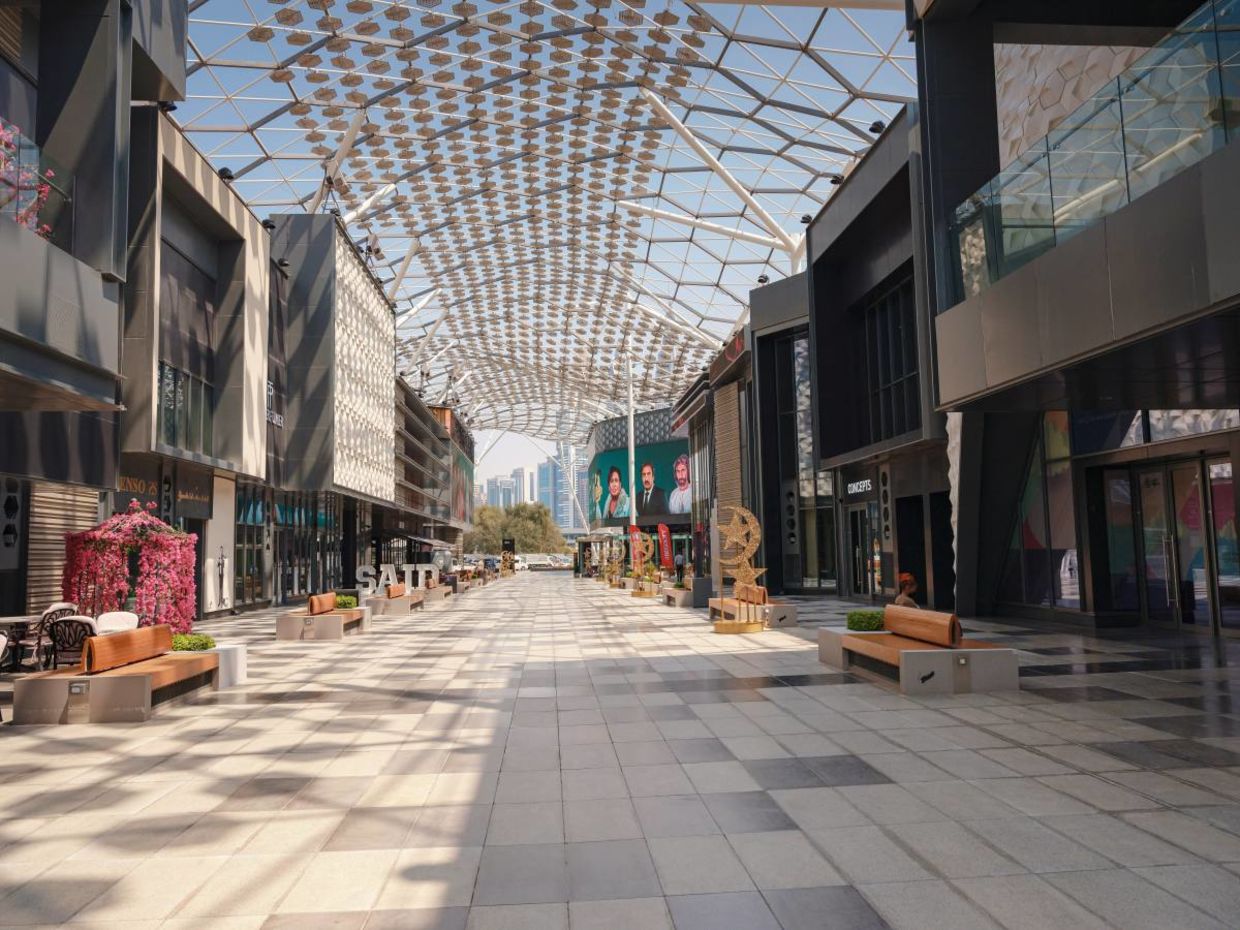
(U__Photo / Shutterstock.com)
Stockholm, Sweden
Streets in Stockholm are going car-free with the help of Sweden’s Street Moves project, reported Bloomberg. Street Moves – a collaboration between Vinnova an innovation body and the think tank Artkdes – started in central Stockholm and featured park-like public seating, bike racks and play spaces. The reason it is so successful is because it works closely with municipalities and neighborhoods to create street makeovers with the goal of making the country less dependent on cars.
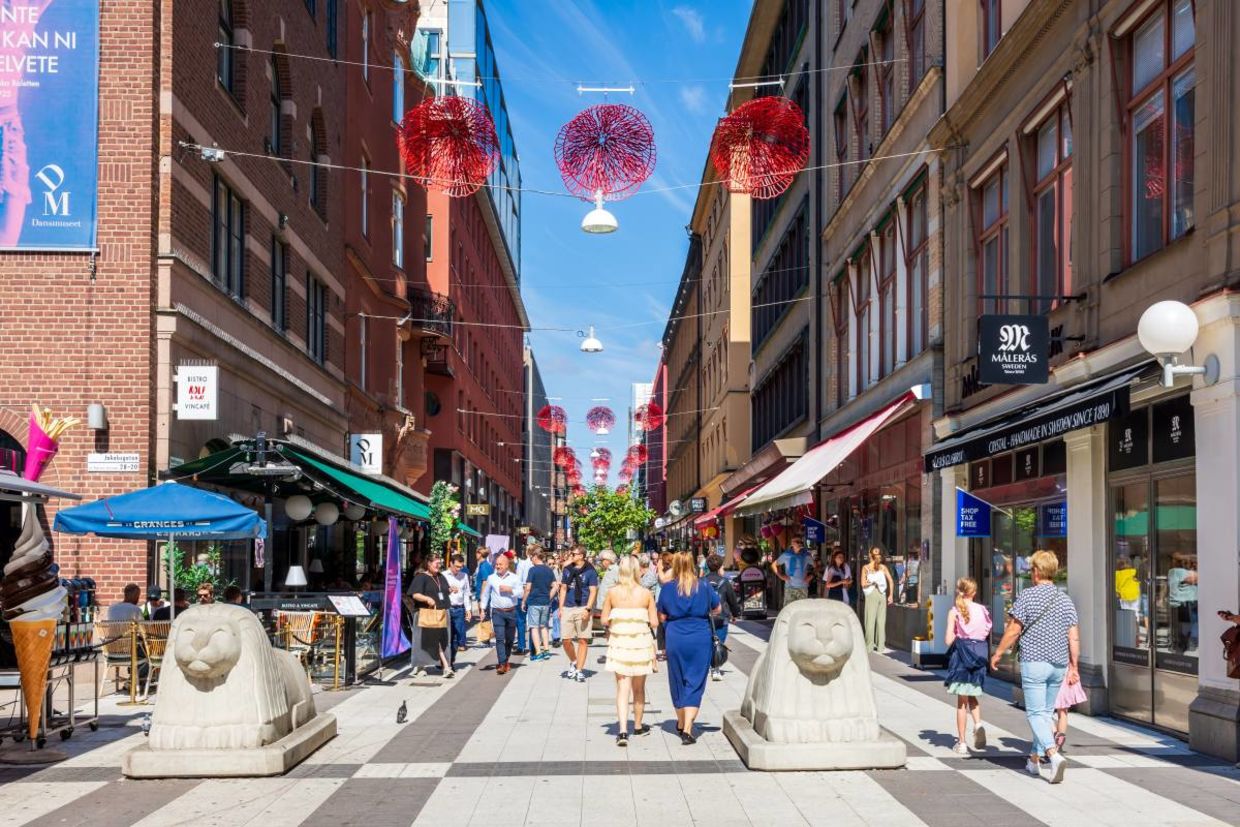
(olrat / Shutterstock.com)
San Francisco, California
In 2020, a mile-long stretch of the main thoroughfare in the city’s Golden Gate park was closed to cars and became a full pedestrian promenade filled with art installations and street murals. There is an abundance of seating and play areas to make it a very inviting space. While it was meant to be temporary to open public space during the pandemic, it became permanent when city residents voted to keep the promenade car-free permanently.

(Sheila Fitzgerald / Shutterstock.com)
Milan, Italy
Milan had one of the highest rates of car ownership in Europe leading to gridlock, and unhealthy air quality. But this changed beginning in 2012 with a congestion charge and in 2018 when traffic was diverted to make city squares car-free. In just a few years, the city created 5.4 acres of pedestrian space turning parking lots into areas with colorful paving, benches, and greenery. Milan is now expanding it with an Open Streets program.
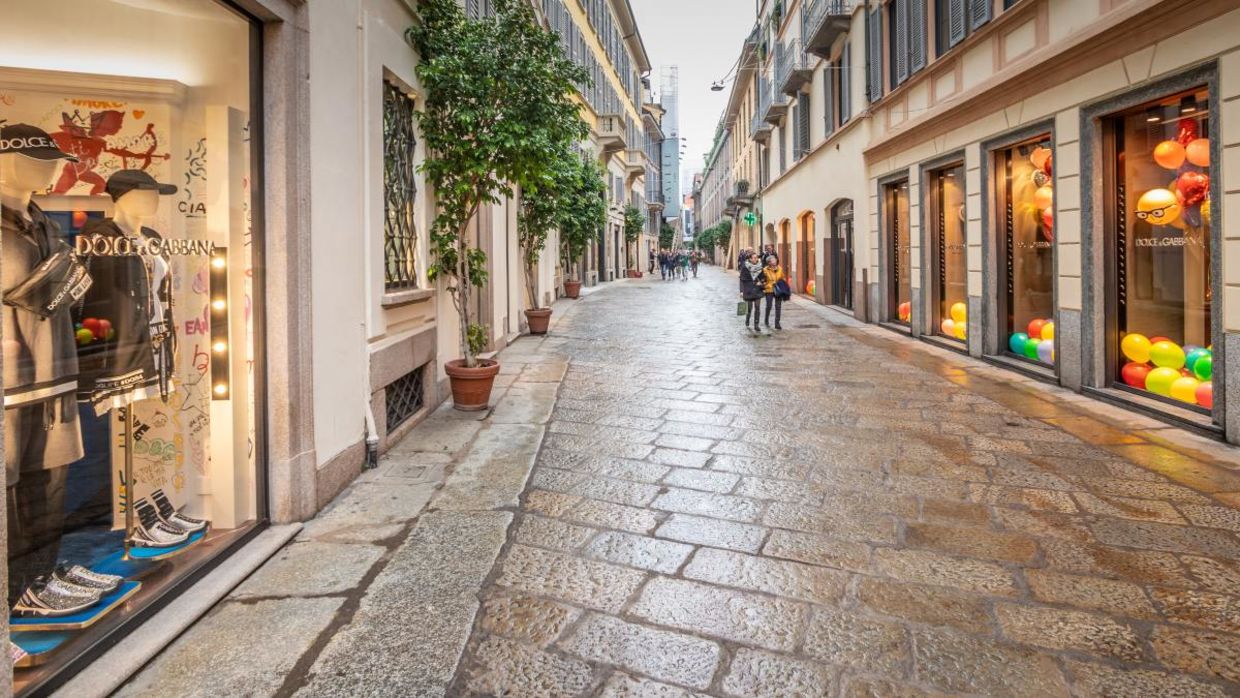
(Kokophotos / Shutterstock.com)







